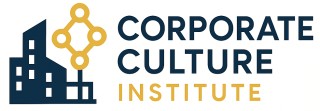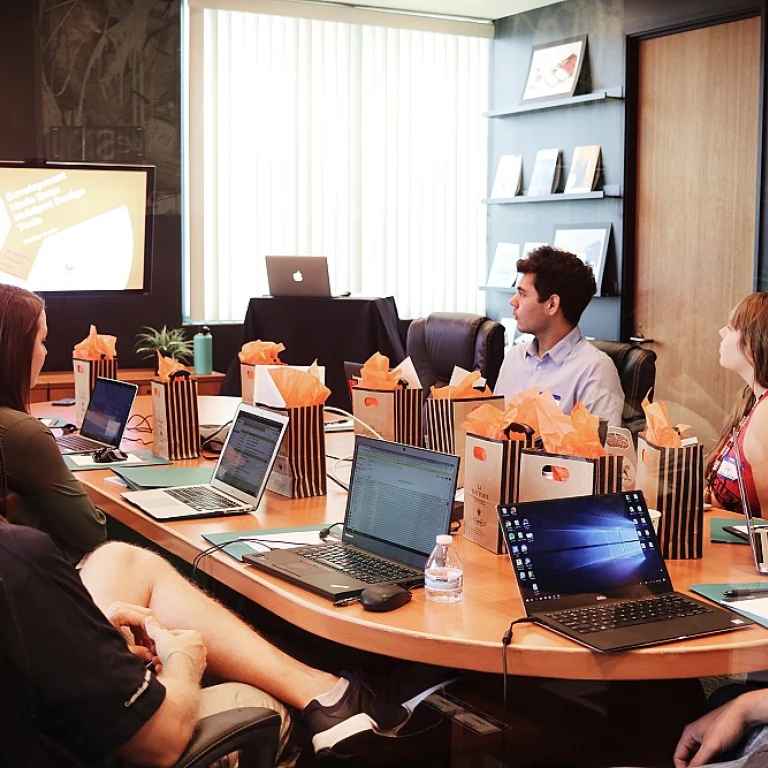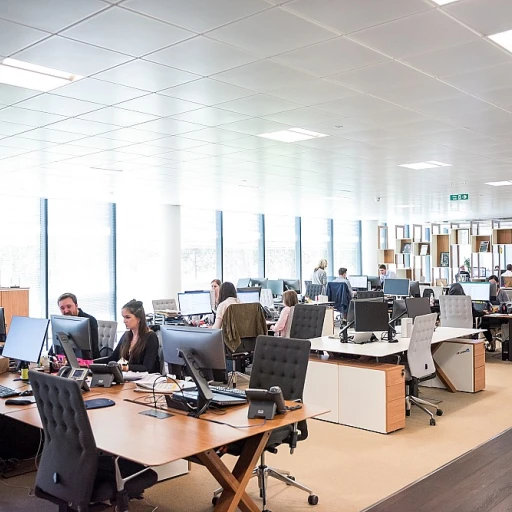
Understanding Continuous Performance Management
Exploring the Continuous Performance Approach
Continuous Performance Management (CPM) is revolutionizing how organizations handle employee performance. Unlike traditional performance reviews that occur annually or semi-annually, CPM involves ongoing feedback and regular check-ins between managers and employees. This shift enables a more agile and responsive management cycle, enhancing adaptability in today’s fast-paced work environment.
The essence of CPM is to create a culture of continuous improvement and development, where employees are consistently aware of their progress and areas for improvement. This process integrates consistent goal setting with real-time feedback, fostering a collaborative atmosphere between managers and team members.
CPM provides the framework for managers to engage more frequently with their employees, encouraging open dialogue that breaks down barriers inherent in the traditional performance appraisal systems. It allows managers and employees to align their expectations, clarify objectives, and drive towards achieving the organization's top goals effectively.
The impact of this approach on employee engagement cannot be understated. Employees who receive regular performance feedback tend to be more motivated, resulting in a high performance culture that benefits not only individual employees but the entire organization. To ensure you are maximizing the effectiveness of CPM, explore some of the best practices for integrating continuous feedback within your organization's management process.
The Impact on Employee Engagement
Elevating Engagement: Transformations Through Continuous Feedback
Continuous performance management (CPM) can profoundly alter the dynamics of employee engagement within an organization. At its core, CPM departs from the traditional performance review by offering continuous feedback, which can significantly improve the way employees connect with their work and their teams.
The effectiveness of this approach lies in regular check-ins between managers and employees. These real-time interactions serve as valuable touchpoints that go beyond the annual performance reviews. Instead of waiting for a single review period, these conversations provide immediate feedback and meaningful goal setting, which are crucial components in enhancing motivation and satisfaction.
By establishing a comprehensive process for continuous feedback, organizations can cultivate an open performance culture aimed at long-term development rather than short-term evaluations. When employees receive constant input on their progress, they are empowered to make adjustments in a timely manner, aligning their performance with organizational objectives.
In such an environment, communication is pivotal. Management systems and performance management software can facilitate these interactions, offering insights and tools to keep the dialogue ongoing. These platforms often track trends and patterns in performance, enabling managers to use data-driven insights to fine-tune their management cycle and foster growth effectively.
Embracing continuous feedback does not only enhance business outcomes; it also supports a more committed and engaged workforce. By adopting best practices that actively involve team members in their development, organizations position themselves to achieve top results. For a detailed look at how setting development goals can drive professional growth, you might want to explore crafting effective development goals for professional growth.
Fostering a Growth Mindset
Embracing a Learning-Oriented Approach
Organizations that thrive in today’s competitive market are often those that successfully foster a growth mindset among their employees. Understanding and implementing performance management techniques can significantly contribute to this cultural shift. Rather than confining assessments to traditional performance reviews, continuous feedback loops help create a dynamic learning environment where employees are encouraged to develop new skills and adapt to evolving business contexts.
Managers play a pivotal role in this process by supporting employee development and ensuring their teams have access to the best management tools. By frequently engaging with team members, managers can facilitate real-time feedback exchanges, which enable employees to gain insights into their performance throughout the management cycle, rather than solely during annual benchmarks.
To cultivate a thriving performance culture, organizations must prioritize ongoing goal setting and create an environment where continuous performance and growth are seamlessly integrated into every level of the workforce. This approach not only aids in achieving the company's objectives but also aligns personal goals with organizational growth, enhancing employee engagement and commitment to the company's mission.
Challenges and Solutions
Addressing Hurdles in Performance Management
Continuous performance management (CPM) undeniably shifts the way organizations approach employee development and engagement. However, implementing such a system comes with its set of challenges. Understanding these hurdles and finding solutions is essential to uphold the principles of a high-performance culture. Firstly, transitioning from traditional performance reviews to continuous feedback can be daunting for some organizations. The traditional management cycle often relies heavily on annual performance reviews, which can feel inadequate when addressing real-time employee performance. Organizations must adapt by integrating continuous check-ins and feedback into their management process. This shift requires clear communication of the benefits, as well as best practices, to both managers and employees. Next, the process of setting goals is pivotal but can also present challenges. Ensuring alignment of individual and organizational goals may take time and require additional training. Organizations should focus on developing robust goal setting frameworks, enabling managers to align performance management with long-term objectives. This process must be supported by sophisticated management software to facilitate seamless integration. Additionally, creating a culture of continuous feedback necessitates overcoming apprehensions surrounding transparency and openness. Employees may feel vulnerable in providing or receiving regular feedback, particularly if the organizational culture has been historically closed-off. Managers should lead by example, demonstrating how continuous feedback can foster employee engagement and contribute to overall workforce development. For organizations looking to enhance their performance culture, equipping managers with the right tools is key. Software solutions designed for continuous performance can offer efficient ways to track progress, set reminders for check-ins, and refine feedback mechanisms. Implementing user-friendly performance management systems ensures both the top management and team members can effectively engage with the process. In conclusion, while challenges in implementing continuous performance management are inevitable, they can be mitigated through a combination of responsive management practices, technological support, and a focus on developing a performance-focused culture. By addressing these obstacles, organizations can create a more dynamic and employee-centric work environment.Technology's Role in Performance Management
Integrating Technology for Enhanced Performance Management
In today's fast-paced corporate environment, leveraging technology is crucial for effective performance management. Continuous performance management (CPM) systems have evolved significantly, offering tools that facilitate real-time feedback, goal setting, and employee development. These systems are designed to support managers and employees in maintaining a high-performance culture.
One of the primary benefits of using technology in performance management is the ability to streamline the management process. Management software enables organizations to automate traditional performance reviews, making them more efficient and less time-consuming. This allows managers to focus on more strategic tasks, such as fostering employee engagement and driving organizational goals.
Real-Time Feedback and Continuous Improvement
Technology plays a pivotal role in providing continuous feedback, which is essential for employee performance improvement. With the help of management software, managers can conduct regular check-ins with team members, ensuring that feedback is timely and relevant. This real-time approach helps employees adjust their work strategies and align with organizational objectives more effectively.
Moreover, continuous feedback tools empower employees to take charge of their own development. By receiving regular insights into their performance, employees can identify areas for growth and work towards achieving their personal and professional goals. This fosters a culture of continuous improvement and encourages a growth mindset within the organization.
Choosing the Right Tools for Your Organization
When selecting performance management tools, it's important for organizations to consider their specific needs and objectives. The best practices involve evaluating different management systems to determine which software aligns with the organization's culture and goals. Factors such as ease of use, integration capabilities, and scalability should be taken into account to ensure the chosen solution supports the overall management cycle effectively.
Ultimately, the integration of technology in performance management not only enhances the efficiency of the process but also contributes to a more engaged and motivated workforce. By adopting the right tools, organizations can create a dynamic performance culture that drives success and innovation.
Case Studies: Success Stories
Real-world Examples of Performance Management Success
Implementing continuous performance management can drastically improve an organization's culture, fostering higher levels of employee engagement and driving growth. Here's a look at some organizations that have successfully embraced these practices.- Tech Innovators: A leading technology firm revolutionized their performance culture by prioritizing real-time feedback over traditional performance reviews. By equipping managers with advanced management software tools, employees received continuous feedback, prompting improvements in their work processes. This shift not only heightened employee engagement but also resulted in lower turnover rates and increased innovation.
- Healthcare Providers: A healthcare organization implemented regular check-ins, making the process part of their standard management cycle. This facilitated continuous dialogue between managers and team members, enhancing trust and transparency. The impact on employee performance was evident as employees felt more connected to organizational goals and invested in patient care quality. The frequent goal setting encouraged personal development, aligning individual aspirations with the organization's mission.
- Financial Institutions: In the dynamic world of finance, one organization strategically employed continuous performance management to stay at the top. By adopting a robust performance management system, employees participated in consistent real-time feedback sessions. This cultivated a culture of high performance and accountability. Tools that tracked development and progress helped employees visualize their growth trajectory, leading to increased motivation and goal achievement.













